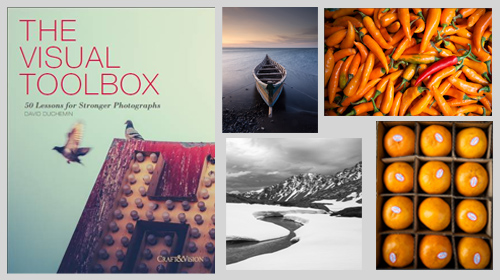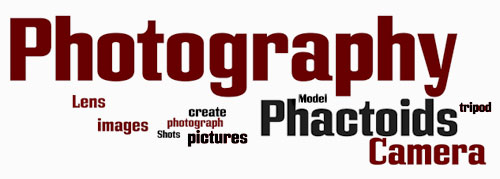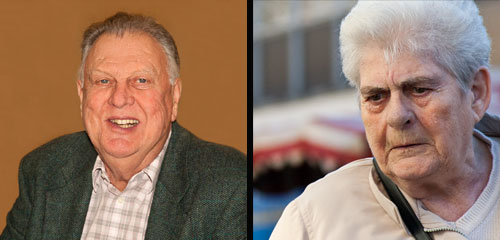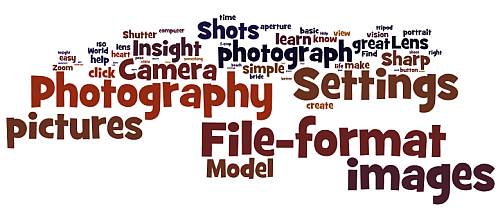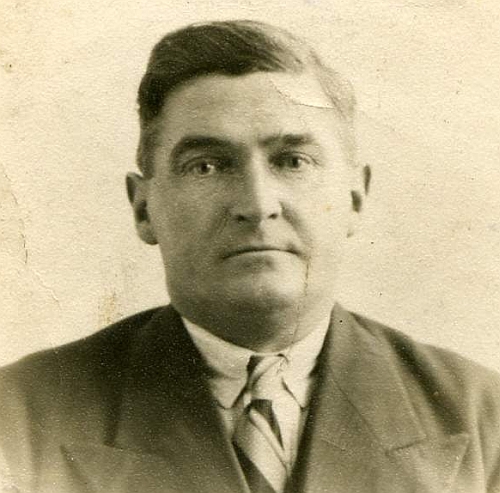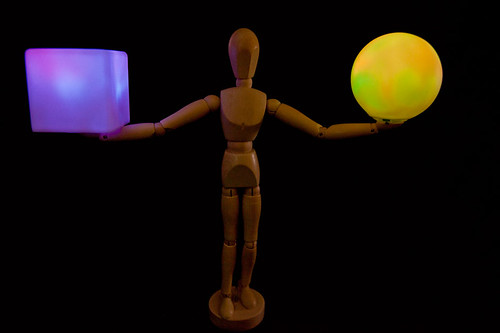Sharpen up your creative photography…
It’s easy when starting photography to over emphasis the importance of gear. In fact it’s ‘photographers eye’ that really makes the difference. Your vision and insight into a scene are critical to producing a wonderful image.
Sage advice from a world master
The Visual Tool Box by David duChemin is all about the skills of composition. He goes into depth around the background ideas which help you look at a scene. The ultimate success in photography is to make your image a pleasure to view. Aesthetics rule – it’s as simple as that. This book is dedicated to teaching you the tools you need to develop the ‘eye’.
David duChemin says,
These are the lessons I wish I’d learned when I was starting out.
The Visual Tool Box by David duChemin
This is my kind of book. He writes superbly, in simple, readable form. His examples are excellent and the pictures are just amazing. But most of all the book is organised for learners to extend their knowledge in easy, well structured steps. This book is all about putting new tools in your photographic tool box and it achieves that with an ease that any beginner will find a joy.
Composition
The book is packed with examples of the sort of compositional ideas that really work – for anyone. Just look at some of the topics covered…
- Manual
- Optimize Your Exposures
- Master the Triangle
- Slower Shutter Speed
- Learn to Pan
- Use Intentional Camera Movement
- Use Wide Lenses to Create a Sense of Inclusion
- Learn to Isolate
- Use Tighter Apertures to Deepen Focus
- Use Bokeh to Abstract
- Consider Your Colour Palette
- Lines: Use Diagonals to Create Energy
- Lines: Patterns, Lead my Eye, Horizons
- See the Direction of Light
- Light: Front Light, Side Light, and Back Light
- Quality of Light: Further Consideration
- White Balance for Mood
- Light: Reflections, Shadow, Silhouettes, Lens Flare
- People
- Experiment with Balance and Tension
- Use Your Negative Space
- Juxtapositions: Find Conceptual Contrasts
- Orientation of Frame
- Choose Your Aspect Ratio
- Use Scale
- Simplify
- Shoot from the Heart
- Listen to Other Voices (Very Carefully)
And there is plenty more content to complement and extends these ideas. What’s not shown in a list is the excellent and sage advice throughout the book. I will let David duChemin have the last word…
Pace your-self. Anyone can master a camera; that just comes with time. It’s the other stuff — learning to think like a photographer — that takes so much work and allows this craft to become the means by which you create art.
The Visual Tool Box by David duChemin
And it is thinking like a photographer that you will quickly learn from reading this book.
How to buy this great book
This book was originally published as an ebook. However, it is no longer available in that form. The book has moved into the real world. It will be available on Amazon as a Paperback From 31 Mar 2015.
The Visual Toolbox: 60 Lessons for Stronger Photographs (Voices That Matter)You can per-order the book from Amazon.
Comments, additions, amendments or ideas on this article? Contact Us
or why not leave a comment at the bottom of the page…
Like this article? Don’t miss the next — sign up for tips by email.
Photokonnexion Photographic Glossary – Definitions and articles.
Composition resources on Photokonnexion
The Visual Toolbox: 60 Lessons for Stronger Photographs (Voices That Matter)

Damon Guy (Netkonnexion)
See also: Editors ‘Bio’.
By Damon Guy see his profile on Google+.

